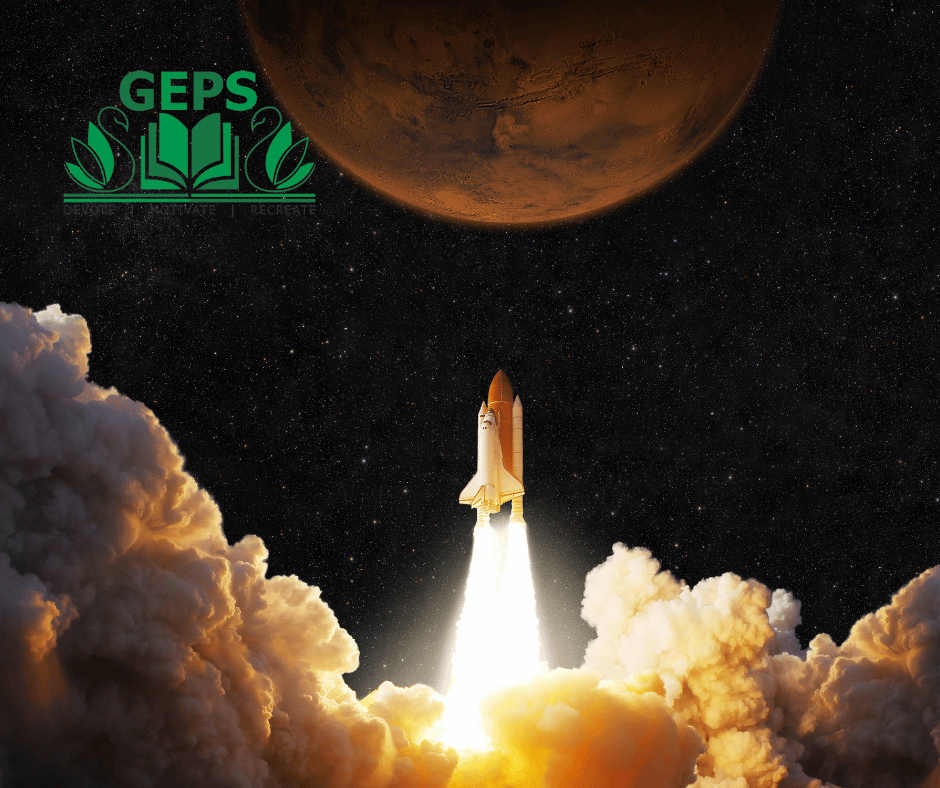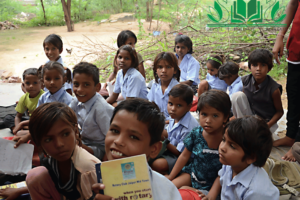
Chandrayaan-2: India’s Ambitious Lunar Expedition
Chandrayaan-2, the second lunar mission by the Indian Space Research Organisation (ISRO), captured the world’s attention with its ambitious objectives and innovative approach. Launched in 2019, this landmark mission aimed to further expand India’s scientific knowledge and exploration of the Moon. In this article, we will delve into the objectives, key components, challenges faced, and the enduring legacy of Chandrayaan-2.
Objectives of Chandrayaan-2
Chandrayaan-2 was designed to achieve multiple scientific and technological objectives. The mission aimed to study the lunar surface’s topography, mineralogy, elemental abundance, lunar exosphere, and the presence of water ice. Additionally, it sought to demonstrate India’s technological capabilities by executing a soft landing on the Moon and deploying a rover to explore the lunar terrain.
Key Components of Chandrayaan-2
1. Orbiter: The Chandrayaan-2 spacecraft comprised three key components, with the orbiter being the primary module equipped with advanced scientific instruments. The orbiter mapped the lunar surface, studied the Moon’s atmosphere, and relayed communications between Earth and the mission’s lander and rover.
2. Lander (Vikram): The lander, named Vikram after Dr. Vikram A. Sarabhai, the father of the Indian space program, aimed to perform a soft landing near the lunar south pole. It carried several payloads to study the lunar surface and subsurface and assess the presence of water molecules and hydroxyl ions.
3. Rover (Pragyan): The Rover Housed within the lander, the Pragyan rover was designed to traverse the lunar surface and perform in-situ soil and rock sample analyses. It carried instruments to measure elemental abundances, detect minerals, and study the Moon’s thermal properties.
Challenges Faced and Lessons Learned
Chandrayaan-2 faced a major setback during its descent phase when communication was lost with the lander just moments before the scheduled soft landing. While the mission did not achieve all its objectives, it demonstrated India’s technological capabilities and resilience in facing challenges. The incident prompted a thorough analysis and subsequent improvements in planning, execution, and communication for future missions.
Notably, the Chandrayaan-2 mission showcased the importance of perseverance and the spirit of scientific exploration. Despite the setback, the orbiter module remained operational, continuing its scientific observations and delivering valuable data about the Moon’s surface, composition, and atmosphere.
Legacy and Future Missions
Chandrayaan-2’s legacy lies in its significant contributions to lunar science and technology. The mission provided valuable insights into the Moon’s geology, identified new lunar craters, and expanded our understanding of the lunar surface’s composition. The data and experiences gained from Chandrayaan-2 have paved the way for future lunar missions and enhanced international collaboration in space exploration.
Building upon the achievements and lessons learned, ISRO has set its sights on Chandrayaan-3. The upcoming mission will feature a lander and rover, aiming to complete the unfinished objectives of Chandrayaan-2, including a soft landing near the lunar south pole. Chandrayaan-3 will leverage the advancements made during the previous mission and strengthen India’s presence in lunar exploration.
Conclusion
Chandrayaan-2, India’s ambitious lunar expedition, demonstrated the nation’s commitment to scientific exploration and technological innovation. Despite the challenges, the mission achieved notable milestones, with the orbiter continuing to deliver valuable data. Chandrayaan-2’s legacy extends beyond its immediate achievements, providing valuable insights for future missions and collaborations in lunar exploration. As India continues its journey to unravel the mysteries of the Moon, Chandrayaan-2 will be remembered as a stepping stone in India’s pursuit of scientific excellence in space exploration.




